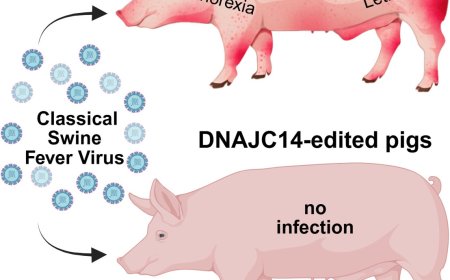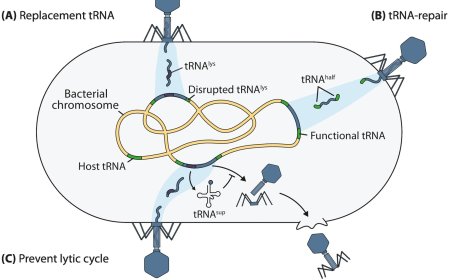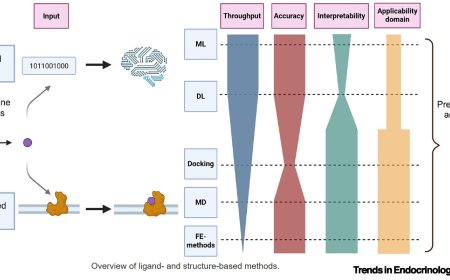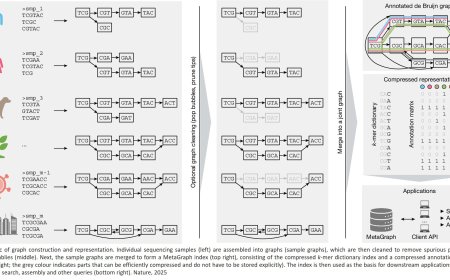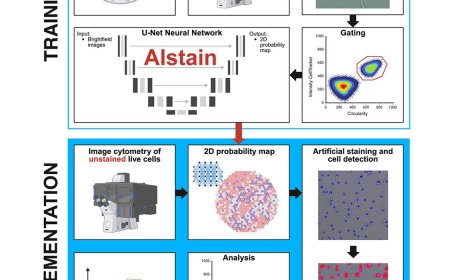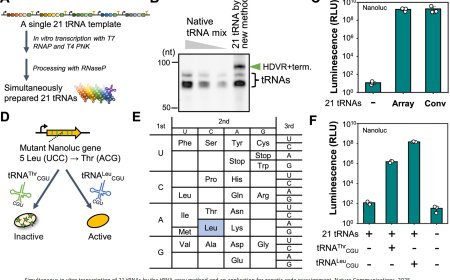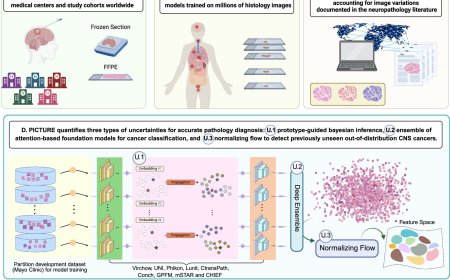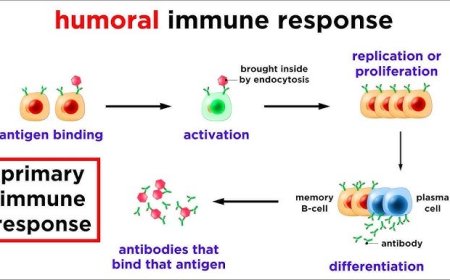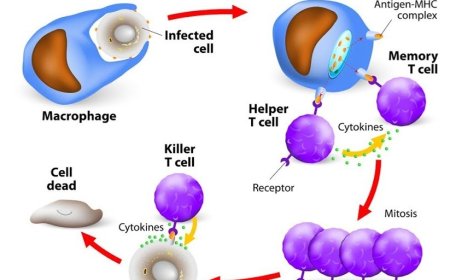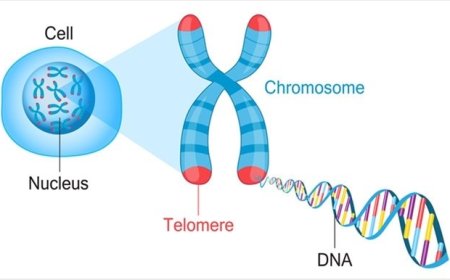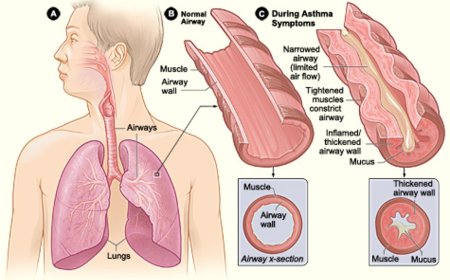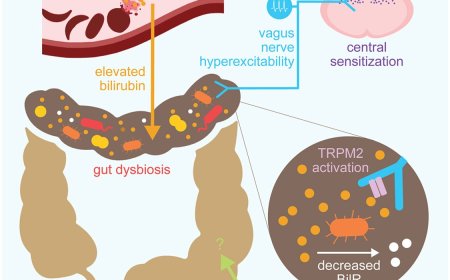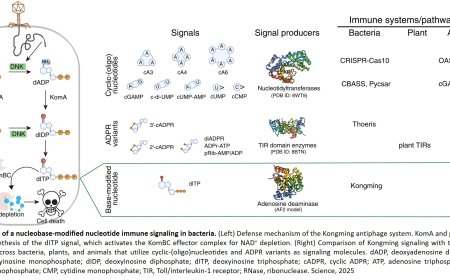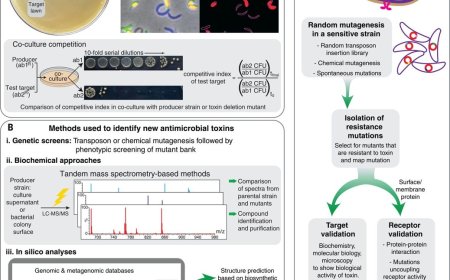Biological mechanisms underlying severe COVID-19
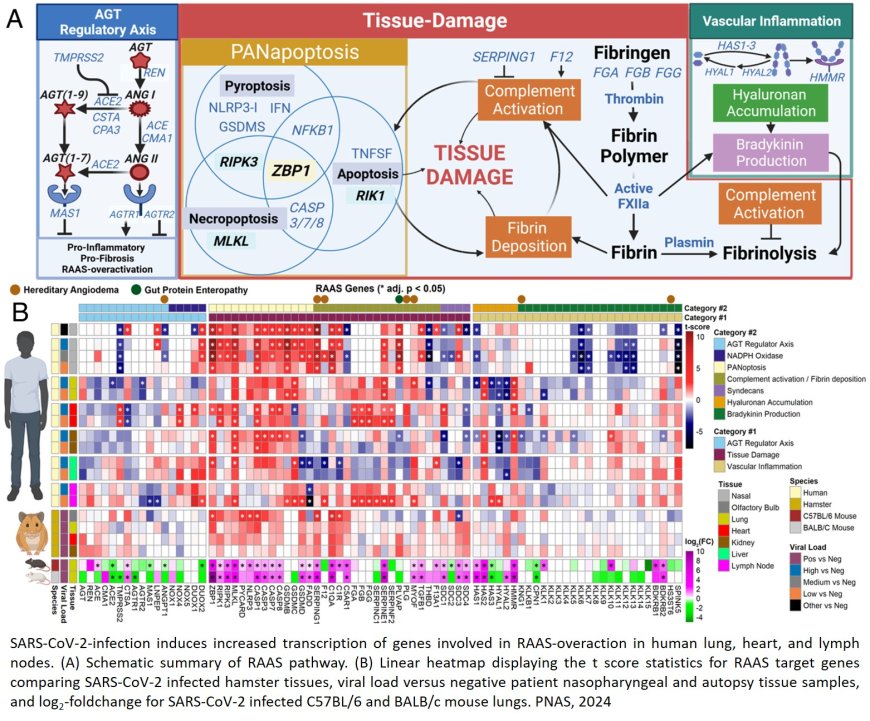
Severe COVID-19 arises in part from the SARS-CoV-2 virus’s impact on mitochondria, tiny oxygen-burning power plants in cells, which can help trigger a cascade of organ- and immune system-damaging events, suggests a study by investigators.
Severe COVID-19 has been considered an inflammatory “cytokine storm” condition in which the immune response to a viral infection becomes excessive, flooding the bloodstream and tissues with immune signaling proteins at levels that cause lung-impairing inflammation and other signs and symptoms.
The new study, published in PNAS, extends the scientific understanding of the molecular pathways driving this storm. By using RNA sequencing and other laboratory techniques on patient and animal model tissue samples, the investigators were able to examine these processes in great detail.
The teams’ findings show that SARS-CoV-2 virus infection can cause significant damage to mitochondria in infected cells—damage that activates the immune system, contributing to the storm of inflammatory and other responses.
Prominent among these responses, the researchers noted, is the overactivation of a blood-pressure-regulating system called the renin-angiotensin-activation-system (RAAS). The overactive RAAS is associated with abnormal blood clotting—a striking feature of severe COVID-19—and, the researchers noted, with scarring-like abnormalities in lymph nodes, and dysfunctions of the immune cells found within them. The latter, the researchers say, may account for the impaired immune function that is also seen in severe COVID-19.
“One of the suggestions of these findings is that there is, early in the process, profound mitochondrial dysfunction and damage, which is then driving RAAS overactivation, which in turn contributes to the multi-organ damage of severe COVID-19,” said the author. “In addition, we’re concerned that these processes underlying acute COVID-19 may not always return to normal afterwards.”
The researchers are currently investigating this possibility in cases of “long COVID,” a syndrome that features lingering inflammation as well as immune cell dysfunction.

